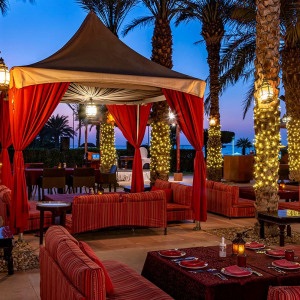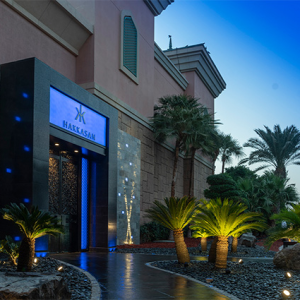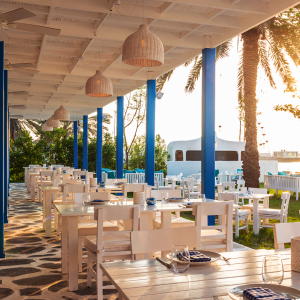At the heart of the Sharjah International Book Fair, visitors are treated to a captivating exhibition that delves into the rich maritime heritage of the Gulf during the 16th and 17th centuries.
This exhibition meticulously traces the influential presence of the Portuguese in the region, shedding light on the symbiotic relationships forged during that era.
Mapping the Gulf – Then and Now:

The exhibit unfolds in six captivating sections, each offering a unique glimpse into the past. The first segment illuminates the maritime navigation techniques that enabled Portuguese voyages to the Gulf.
It underscores the crucial role played by luminaries like Ibn Batuta and Ahmed Ibn Majid, emphasizing the fusion of Islamic and Iberian knowledge that made these expeditions possible.

Duarte Barbosa’s Chronicles:
The exhibition’s third section pays homage to the seminal work of Duarte Barbosa, an invaluable manuscript from the early 16th century that meticulously details the Gulf region and the Indo-Pacific axis.
Displayed alongside are rare manuscript copies, dispersed across Portugal, Spain, and the Emirate of Sharjah, showcasing the enduring legacy of Barbosa’s insights.
Capturing the Gulf’s Essence:
Delving deeper into the Portuguese perspective, the fourth section presents a nuanced understanding of the Gulf, documenting Portuguese actions and the nature of descriptions from that era.
This segment showcases an intricately detailed book narrating journeys in the Gulf, complemented by Persian chronicles that offer a multifaceted view of the region.
Political Intrigues and Diplomatic Endeavors:
Drawing inspiration from Luís Vaz de Camões’ magnum opus, “The Lusiads,” the exhibition’s fifth section explores the political, diplomatic, and military processes through which the Portuguese established their presence in the Gulf.
Arabic letters from the 16th century further enhance this section, shedding light on historical nuances.
The Gulf’s Economic Nexus and Portuguese Legacy:
The final segment casts a spotlight on the Gulf’s vibrant trade networks and the meticulous administrative organization implemented by the Portuguese.
Intriguing descriptions of routes from the Gulf to Europe via Basra underscore the significance of these connections.
Additionally, a striking portrait of Princess Joana Morais, adorned with Gulf pearls in her hair jewelry, encapsulates the allure and importance of these precious gems during this period.














